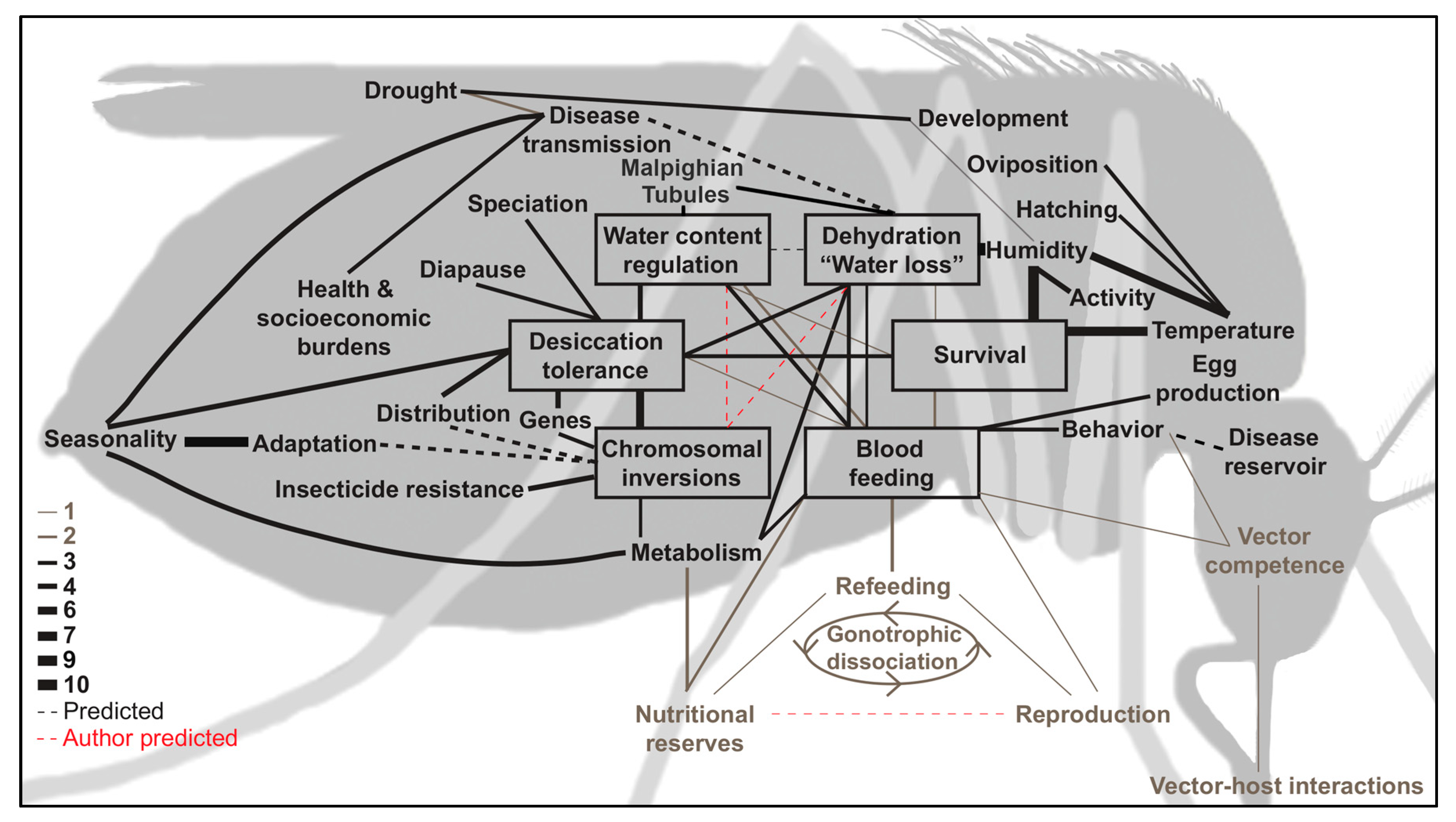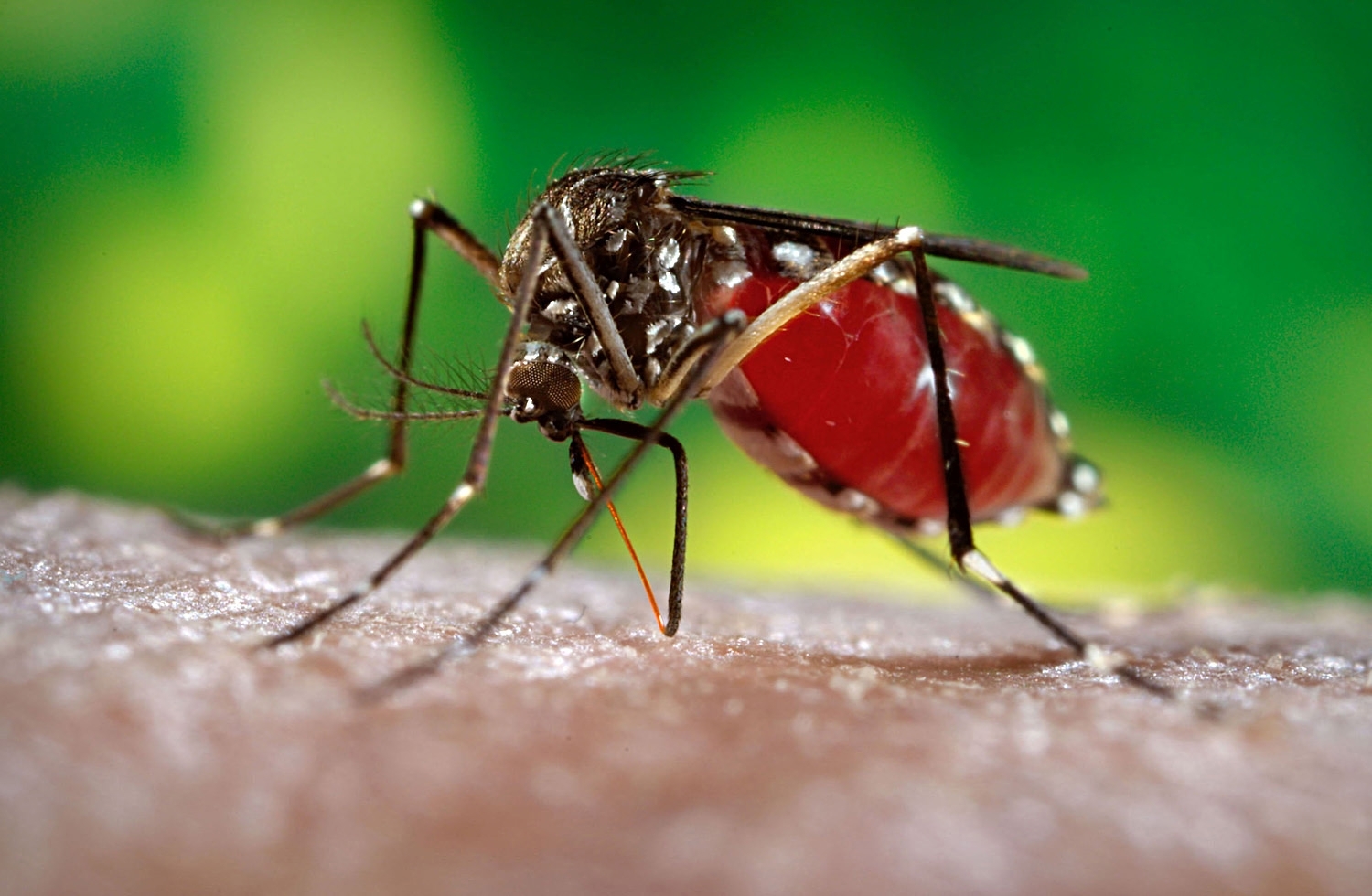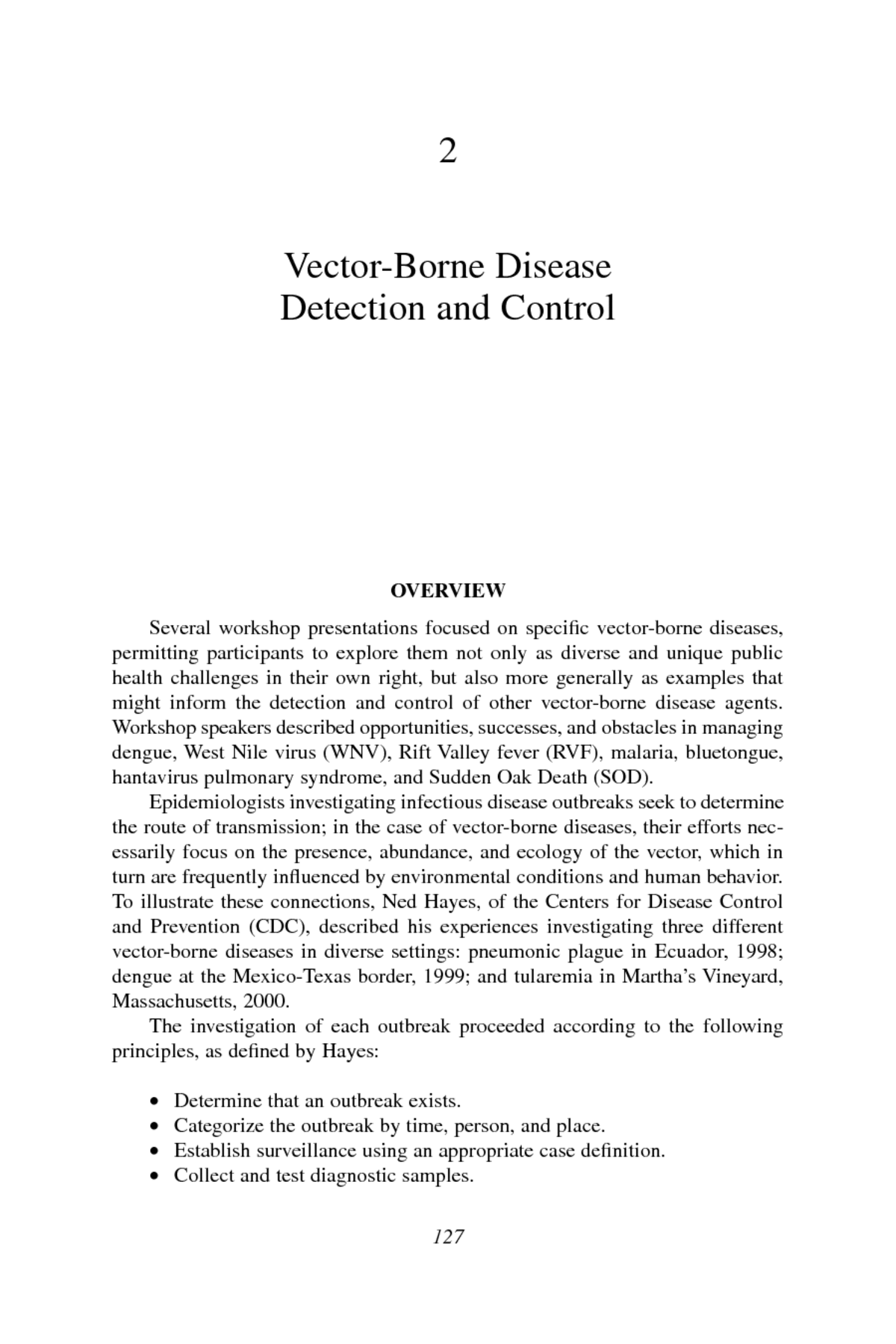Obvious measures such as vaccines and drugs directly affect pathogens. On August 27 1900 Dr.
 Cross Stitch Pattern Set Malaria Life Cycle Etsy Cross Stitch Cross Stitch Patterns Stitch Patterns
Cross Stitch Pattern Set Malaria Life Cycle Etsy Cross Stitch Cross Stitch Patterns Stitch Patterns
Genetic study of Aedes aegyptiis essential to understanding its evolutionary history competence as a disease vector and the effects and efficacy of vector control methods.

Evolutionary genetics and insect borne disease the yellow fever mosquito. The diseases spread by mosquitoes can be caused by a parasite as in the case of malaria or by viruses as is the case for Zika fever and numerous others. It was the first illness shown to be transmissible by filtered human serum and transmitted by mosquitoes by American doctor Walter Reed around 1900. International policies such as the International Health Regulations call for controlling mosquitoes on aircraft to prevent the introduction of mosquito-borne pathogens and invasive mosquito species.
James Carroll of the US. The dengue and yellow fever mosquito Aedes aegypti contributes significantly to global disease burden. In attempting to stem mosquito-borne diseases humans have developed a large number of tactics that affect both mosquitoes and pathogens making humans the fastest evolving member of the tripartite dance Figure 2B.
Insects 94 11 Oct 2018. The yellow fever mosquito Aedes aegypti is a main vector of deadly diseases like dengue fever chikungunya and the Zika virus which result in hundreds of thousands of deaths worldwide each. On August 27 1900 Dr.
James Carroll of the US. Gene drives have been proposed as a way to reduce or eliminate insect-borne diseases control invasive species and even reverse insecticide resistance in pests. Diseases transmitted by mosquitoes include malaria dengue West Nile virus chikungunya yellow fever filariasis tularemia dirofilariasis Japanese.
Army Yellow Fever Commission stationed in Cuba allowed himself to be bitten by a female Aedes aegypti L then called Culex fasciatus F. The positive-sense single-stranded RNA is around 11000 nucleotides long and has a single open. Army Yellow Fever Commission stationed in Cuba allowed himself to be bitten by a female Aedes aegypti L then called Culex fasciatus F mosquito fig1Twelve days before this particular mosquito was known to have engorged itself with blood from several patients with severe cases of yellow fever.
Evolutionary genetics and arthropod-borne disease. Vector-borne diseases such as malaria dengue yellow fever and Zika are global challenges to public health. American entomologist 01 Jan 1991 37.
To the unaided eye adult yellow fever mosquitoes resemble the Asian tiger mosquito with a slight difference in size and thorax patterns. Mosquito-borne diseases are those that are transmitted to people through the bite of an infected mosquito. Another disease-carrying insect Aedes aegypti also known as the yellow fever mosquitois also threatening a return to Europe after it was eradicated there in the 20 th century.
Yellow fever is caused by yellow fever virus an enveloped RNA virus 4050 nm in width the type species and namesake of the family Flaviviridae. In an attempt to control the mosquito-borne diseases yellow fever dengue chikungunya and Zika fevers a strain of transgenically modified Aedes aegypti mosquitoes containing a dominant lethal. The yellow fever mosquito.
Each year more than 700 000 people die from vector-borne diseases VBDs such as malaria dengue schistosomiasis leishmaniasis Chagas disease yellow fever and Japanese encephalitis among others. The adult yellow fever mosquito is a small to medium-sized mosquito approximately 4 to 7 millimeters. Mosquito-borne diseases or mosquito-borne illnesses are diseases caused by bacteria viruses or parasites transmitted by mosquitoesNearly 700 million people get a mosquito-borne illness each year resulting in over one million deaths.
Vector-borne diseases evolution genetics mosquitoes pathogens INTRODUCTION V ector-borne diseases represent a three-species interaction pr oblem. The Aedes aegypti mosquito is often considered to be among the most dangerous animal in the world due to its ability to transmit several arboviruses yellow fever dengue chikungunya and Zika that historically have taken a heavy toll on human health and continue to do so today Powell 2016. Some of these agents like the parasite that causes malaria have produced illness in humans for thousands of years while others.
The yellow fever mosquito. Aedes aegypti the so-called Yellow Fever mosquito and the subject of a recent study by Saarman and colleagues is the primary vector for transmission of viruses causing dengue fever chikungunya. Evolutionary genetics and arthropod-borne disease.
E interconnectedness of the. Carroll was testing a theory advocated by Carlos Finlay that yellow fever was transmitted by mosquitoes. Evolutionary genetics of Aedes mosquitoes.
WHO takes a position on genetically modified mosquitoes. Aedes aegypti and Aedes albopictus We are interested in studying patterns and levels of genetic diversity at neutral and non-neutral DNA regions to understand the worldwide history of colonization of these two mosquitoes species the yellow fever mosquito Aedes aegypti and the tiger mosquito Aedes.
 Infographic Health World Health Day World Health Organization Disease Infographic
Infographic Health World Health Day World Health Organization Disease Infographic
 Pdf The Challenges And Advances In Diagnosis Of Vector Borne Diseases Where Do We Stand
Pdf The Challenges And Advances In Diagnosis Of Vector Borne Diseases Where Do We Stand
 Insects Free Full Text Biological Adaptations Associated With Dehydration In Mosquitoes Html
Insects Free Full Text Biological Adaptations Associated With Dehydration In Mosquitoes Html
 Pdf Vector Borne Disease Intelligence Strategies To Deal With Disease Burden And Threats
Pdf Vector Borne Disease Intelligence Strategies To Deal With Disease Burden And Threats
 1 Vector Borne Disease Emergence And Resurgence Vector Borne Diseases Understanding The Environmental Human Health And Ecological Connections Workshop Summary The National Academies Press
1 Vector Borne Disease Emergence And Resurgence Vector Borne Diseases Understanding The Environmental Human Health And Ecological Connections Workshop Summary The National Academies Press
Http Www Sysmath Com Jweb Xtkxyfzx Cn Article Downloadarticlefile Do Attachtype Pdf Id 10632
 Pdf Evolutionary Genetics And Arthropod Borne Disease The Yellow Fever Mosquito
Pdf Evolutionary Genetics And Arthropod Borne Disease The Yellow Fever Mosquito
 Tick Mosquito And Rodent Borne Parasite Sampling Designs For The National Ecological Observatory Network Springer 2016 Ecosphere Wiley Online Library
Tick Mosquito And Rodent Borne Parasite Sampling Designs For The National Ecological Observatory Network Springer 2016 Ecosphere Wiley Online Library
 Bug Squad Agriculture And Natural Resources Blogs
Bug Squad Agriculture And Natural Resources Blogs
 Pdf Prevention Of Insect Borne Disease An Approach Using Transgenic Symbiotic Bacteria
Pdf Prevention Of Insect Borne Disease An Approach Using Transgenic Symbiotic Bacteria
 2 Vector Borne Disease Detection And Control Vector Borne Diseases Understanding The Environmental Human Health And Ecological Connections Workshop Summary The National Academies Press
2 Vector Borne Disease Detection And Control Vector Borne Diseases Understanding The Environmental Human Health And Ecological Connections Workshop Summary The National Academies Press
 Pdf The Importance Of Vector Control For The Control And Elimination Of Vector Borne Diseases
Pdf The Importance Of Vector Control For The Control And Elimination Of Vector Borne Diseases
 Pdf A Review Of Trends In The Distribution Of Vector Borne Diseases Is International Trade Contributing To Their Spread
Pdf A Review Of Trends In The Distribution Of Vector Borne Diseases Is International Trade Contributing To Their Spread
 Pdf Environmental Risk Factors In Relation To Occurrence Of Vector Borne Diseaseepidemics Remote Sensing And Gis For Rapid Assessment Picturesque And Monitoring Towards Sustainable Health
Pdf Environmental Risk Factors In Relation To Occurrence Of Vector Borne Diseaseepidemics Remote Sensing And Gis For Rapid Assessment Picturesque And Monitoring Towards Sustainable Health
